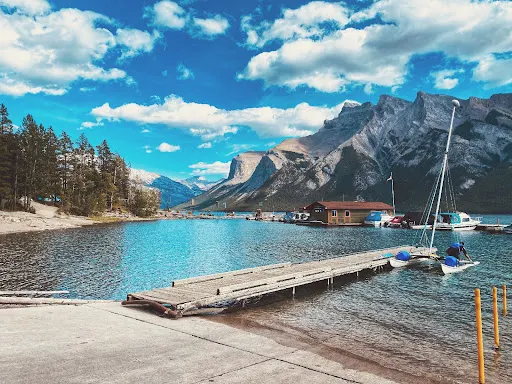Geographical literacy and communication
Geographical literacy and communication refer to the ability to understand, interpret, and effectively communicate geographic information and concepts. It involves developing a deep understanding of geographical knowledge and being able to convey that knowledge to different audiences. Here are some key aspects of geographical literacy and communication:
1. Understanding Geographical Concepts: Geographical literacy begins with a solid understanding of key geographical concepts, such as place, space, scale, interdependence, and spatial patterns. It involves understanding the relationships between the physical and human aspects of geography, and recognizing the dynamic nature of geographic phenomena.
2. Map Reading and Interpretation: Geographical literacy includes the ability to read and interpret different types of maps, including topographic maps, thematic maps, and satellite imagery. It involves understanding map symbols, scales, and legends, and being able to extract and analyze information from maps.
3. Spatial Thinking: Geographical literacy emphasizes spatial thinking, which involves thinking critically about spatial relationships, patterns, and processes. It includes the ability to analyze and interpret spatial data, recognize spatial patterns, and understand how geography influences human activities and environmental processes.
4. Communication Skills: Effective communication is essential in geographical literacy. It involves the ability to express geographic ideas, findings, and concepts clearly and coherently through verbal, written, and visual means. Geographers should be able to communicate complex ideas in a way that is accessible to different audiences, including policymakers, the general public, and other researchers.
5. Data Visualization: Geographical literacy involves the skill of effectively visualizing and presenting data. This includes creating maps, graphs, charts, and other visual representations that enhance understanding and facilitate the communication of spatial information and patterns.
6. Interdisciplinary Collaboration: Geographical literacy often requires collaboration with researchers from other disciplines. Geographers need to be able to communicate and collaborate with experts in fields such as environmental science, social sciences, urban planning, and public health. Effective communication and interdisciplinary collaboration are crucial for addressing complex real-world problems.
7. Media Literacy: Geographical literacy includes being able to critically analyze and evaluate geographic information presented in various media sources, such as news articles, documentaries, and online platforms. It involves understanding the biases, limitations, and potential inaccuracies in geographic representations and being able to discern reliable and trustworthy sources of information.
8. Lifelong Learning: Geographical literacy is a lifelong learning process. Geographers need to stay updated with the latest research, technological advancements, and changes in the field. Continuous learning and engagement with geographical knowledge help geographers effectively communicate and contribute to the understanding of complex geographic issues.
Developing geographical literacy and communication skills is essential for geographers to effectively engage with the discipline and contribute to addressing real-world challenges. It enables them to communicate their findings, engage with diverse audiences, and promote geographic literacy among the general public.



Comments
Post a Comment
Thanks for messaging Aradhya Study Point.
We will reply as soon as possible.